5 Ways to Use Shadow Boards in Product & Food Photography
Looking to add that extra 5% of polish to your product and food photography? We might just have the tool you've been missing: shadow boards. In this video, product and lifestyle photographer Steve Walter explores these versatile light-shaping tools and shows how they offer photographers a simple way to add dimension and visual interest to their images.
What Are Shadow Boards?
Shadow boards are essentially gobos (go-betweens) that sit between your light source and your subject. Unlike DIY cardboard cutouts that might fall apart over time, these professional-grade boards are made from the same durable material as our popular Duo Boards, ensuring they'll hold up to regular studio use.
As you'll see, shadow boards solve a common challenge in product photography: how to add visual interest and dimension through light without complicating your setup. They're particularly valuable when you want to suggest an environment or context without actually building elaborate sets. The intricate patterns – windows, trees, geometric shapes – cast shadows that add story and depth to otherwise simple product shots. Here are just a few of our favorite ways to use them.
1. Fake Gorgeous Window Light

One of the most versatile applications is using the window-pattern boards to simulate natural light streaming through windows. The window blinds shadow board creates the impression of beautiful, natural-looking sunlight, adding instant depth and realism to food and product shots.
"Once you know how to manipulate light," Steve explains, "you then need to know how to manipulate shadow." The window patterns create familiar light shapes that viewers connect with, making studio shots feel more homey and inviting.
2. Add Organic Elements with Nature Patterns

Got products that scream "natural" or "outdoorsy" but stuck shooting indoors? The tree and leaf shadow boards create instant outdoor vibes without having to lug actual plants into your studio (or worse, shoot outside where the light changes every five minutes).
The tree shadow board casts beautiful branch patterns that can transform a plain backdrop into something with character and story. Steve notes you could even create subtle animation by gently moving the board to simulate a "tree blowing in the wind" effect for video work.
3. Layer 'Em Up for Complex Effects

Here's where things get really fun. Steve doesn't just use one board at a time like a photography rookie – he stacks those beauties! By combining two different window patterns, he creates these incredible layered shadows that add visual interest impossible to achieve with a single light modifier.
This technique works especially well for creating depth in smaller setups. The overlapping patterns create unique textures that can complement various product styles while keeping the focus where it belongs.
4. Direct Attention with Dramatic Spot Effects
Using one of the geometric shape boards, you can create dramatic spotlight effects that draw attention to specific parts of your subject. When combined with a focused light source, the effect becomes even more pronounced.
This technique works exceptionally well for tabletop product photography where you want to highlight specific product features while creating visual interest in the background.
5. Transform Boring Backgrounds

While primarily designed for tabletop photography, you can experiment with using the shadow boards to create textured backgrounds for larger setups. By positioning the boards farther from the subject, the shadows become softer but still add dimension to otherwise plain surfaces.
This setup can add that something extra when you need to shoot against a simple backdrop without overwhelming your subject.
Getting the Most from Shadow Boards
Some practical tips for working with shadow boards:
- Use harder light sources (or add a snoot) for more defined shadows
- Position the boards closer to your subject for sharper shadows
- Experiment with the distance between light, board, and subject
- Try different angles or flip the boards to find the perfect shadow placement
"The most important thing in photography is light," Steve reminds us, "but the second most important thing is probably shadow."
For photographers looking to add dimension, story, and visual interest to their product and food photography, shadow boards offer that perfect little boost of magic without requiring complicated setups or extensive post-processing. Whether you're shooting fancy watches, mouthwatering burgers, or lifestyle scenes, these versatile tools might just become your secret weapon.



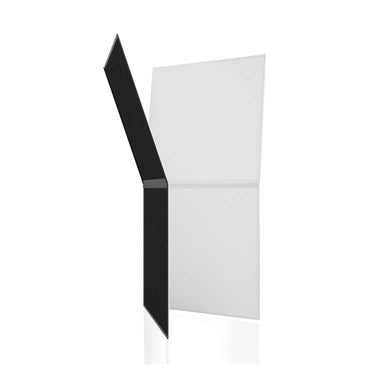
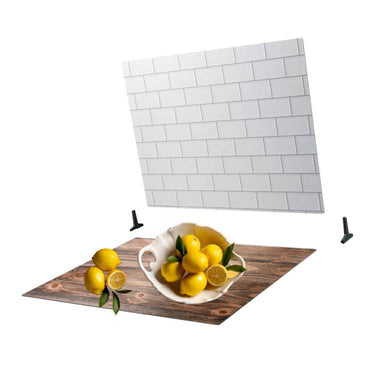
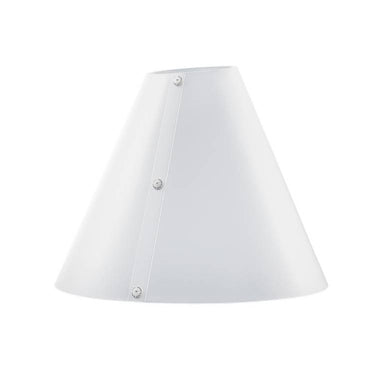
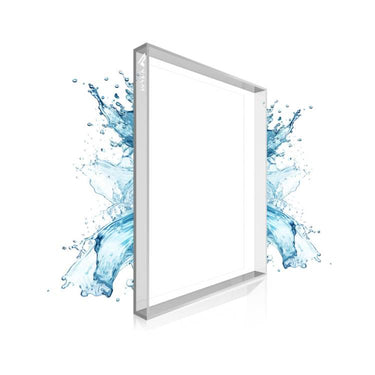
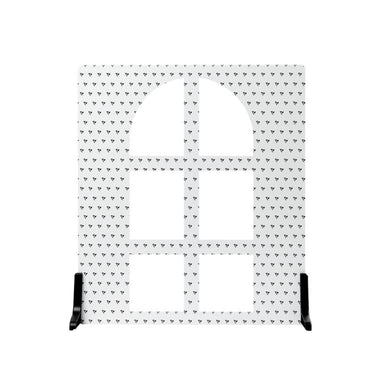
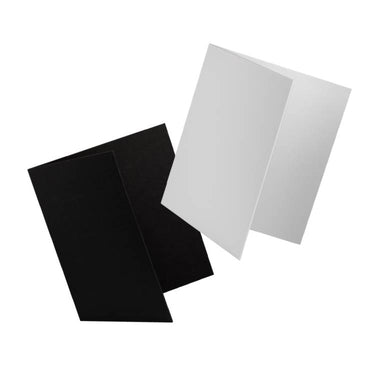




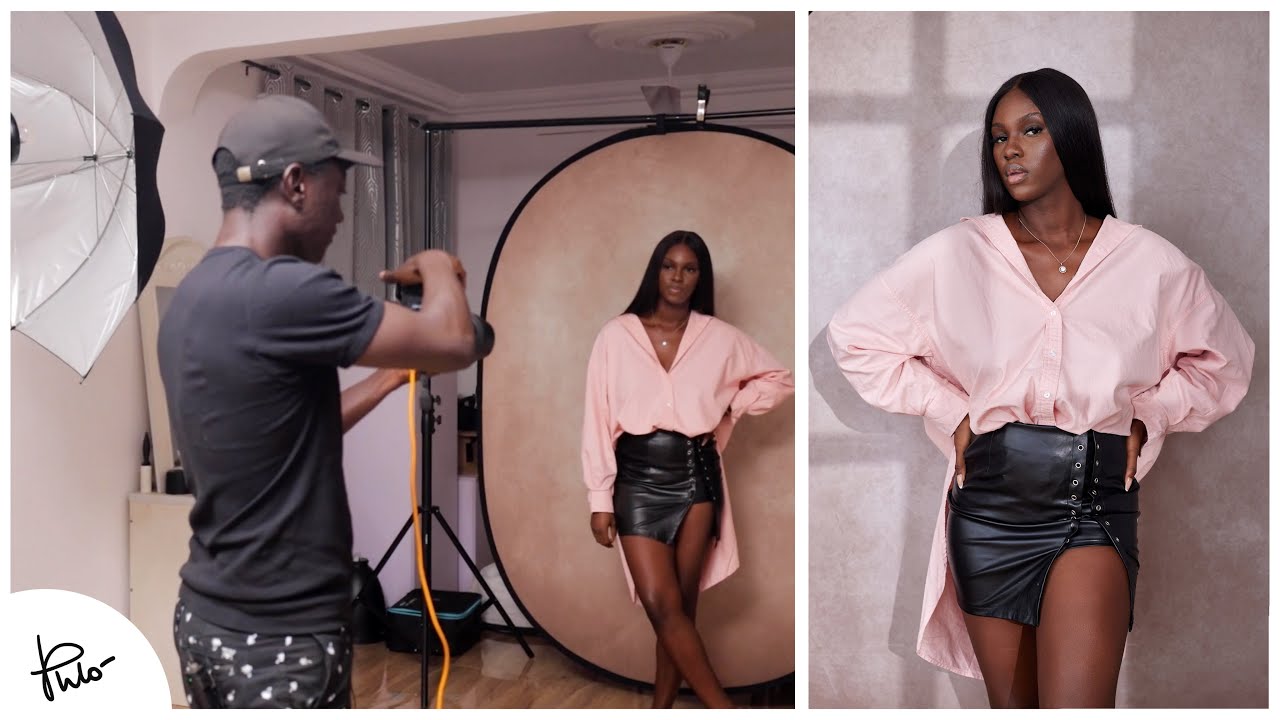
Leave a comment
This site is protected by hCaptcha and the hCaptcha Privacy Policy and Terms of Service apply.